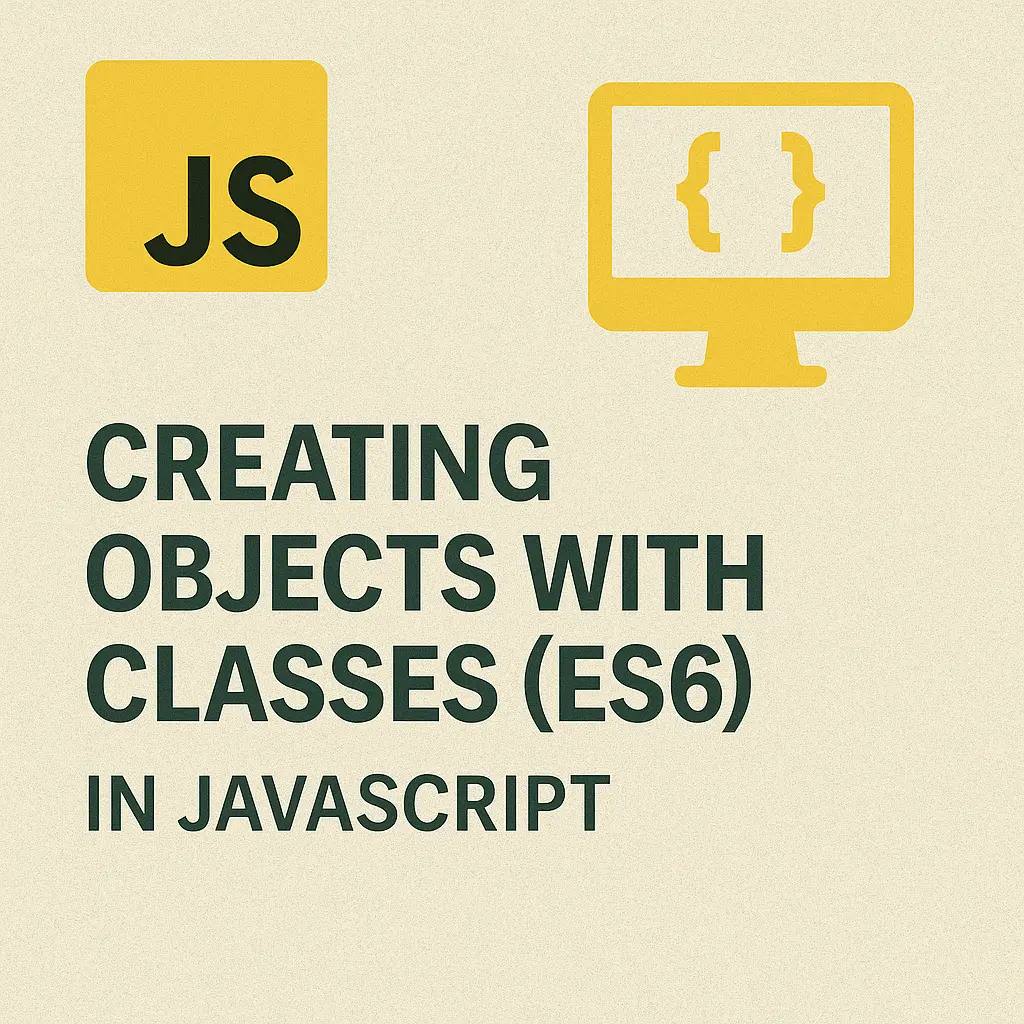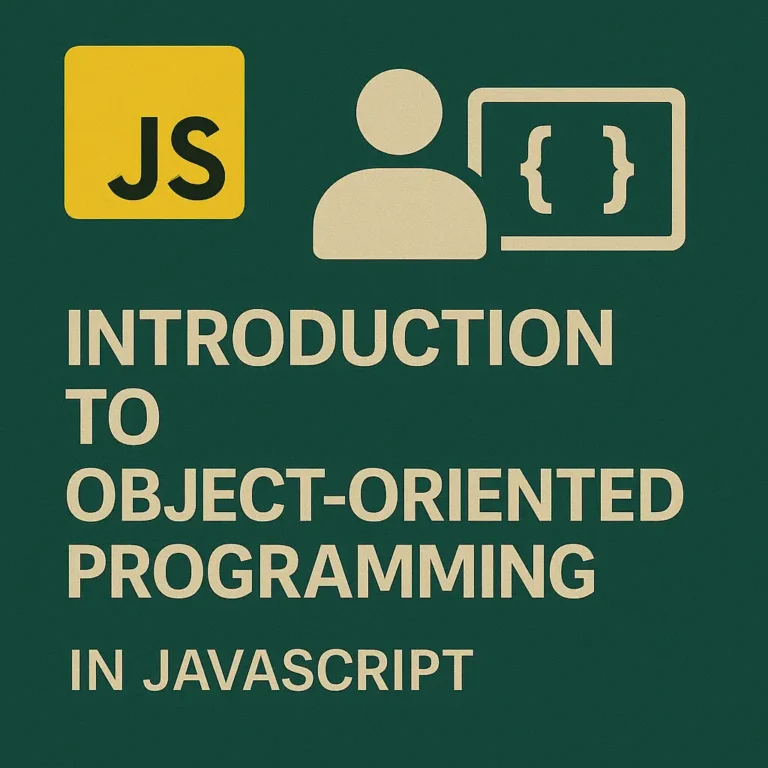Classes provide a more intuitive and structured way to create objects and define their behavior, aligning JavaScript more closely with traditional class-based languages like Java and C++. In this comprehensive guide, we’ll explore the concepts of creating objects with classes in JavaScript, covering everything from the basics of class syntax to advanced topics like class inheritance.
Introduction to Classes
Classes in JavaScript are syntactical sugar over the existing prototype-based inheritance model. They provide a cleaner and more familiar syntax for defining objects and their behavior. Under the hood, classes are still implemented using prototypes, but the class syntax abstracts away much of the complexity, making it easier for developers to work with.
Class Syntax
The syntax for defining a class in JavaScript is straightforward. Here’s a basic example of a class representing a Person:
class Person {
constructor(name, age) {
this.name = name;
this.age = age;
}
greet() {
console.log(`Hello, my name is ${this.name} and I'm ${this.age} years old.`);
}
}
In the above example, we define a class called Person using the class keyword. The constructor method is a special method used for initializing instances of the class with specific properties. Additionally, we define a greet method, which is a regular method attached to all instances of the Person class.
To create an instance of a class, we use the new keyword followed by the class name and any arguments required by the constructor:
const john = new Person('John Doe', 30);
john.greet(); // Output: Hello, my name is John Doe and I'm 30 years old.
Class Inheritance
One of the most powerful features of classes is inheritance, which allows a class to inherit properties and methods from another class. This enables code reuse and promotes a hierarchical structure in object-oriented design.
class Student extends Person {
constructor(name, age, grade) {
super(name, age); // Call the constructor of the parent class
this.grade = grade;
}
study() {
console.log(`${this.name} is studying hard.`);
}
}
In the above example, we define a Student class that extends the Person class using the extends keyword. The super keyword is used to call the constructor of the parent class (Person) within the constructor of the subclass (Student). This ensures that the properties defined in the parent class are initialized correctly for instances of the subclass.
const alice = new Student('Alice Smith', 25, 'A');
alice.greet(); // Output: Hello, my name is Alice Smith and I'm 25 years old.
alice.study(); // Output: Alice Smith is studying hard.
Conclusion
ES6 classes have revolutionized object-oriented programming in JavaScript, providing developers with a cleaner, more intuitive syntax for creating and managing objects. By mastering the concepts of class syntax and inheritance, you’ll be better equipped to leverage the full power of classes in your JavaScript applications. Whether you’re a beginner exploring the fundamentals of object-oriented programming or an experienced developer seeking to enhance your skills, understanding ES6 classes is essential for building robust and maintainable code.






